By Jonathan Duffy, Arctic Meta
Iceland is a lot more than just a place to come to see the Northern Lights. As a tourist destination, there’s something to see and do almost all year round and one particularly pleasant time to visit is during the summer.
Summer in Iceland is just as unique as winter, with its own quirks, special landmarks and places of interest, but what specifically should people plan to do when visiting at this time of year? Why should you visit Iceland in the summer? What is the weather like? Read on to find out all this and more.
Why Should You Visit Iceland During the Summer?
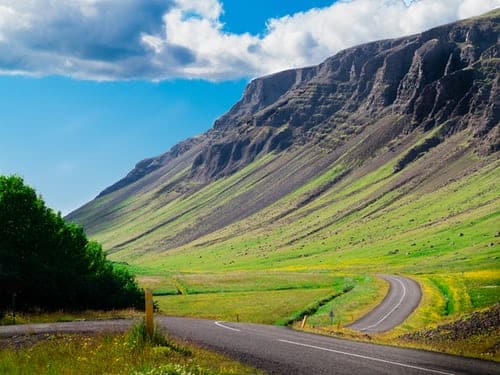
Iceland in summer is a completely different world from the snow-covered winter wonderland most people think of. One of the first things that comes to mind when talking about Iceland in summer is just how vibrant the colours of the landscape are. In summer, visitors can expect to see an entire colour palette that includes the rich greens of Icelandic moss and farmland and the deep blacks of the volcanic sand beaches of the South Coast. Heading into the Highlands, there are fascinating combinations of red dirt, multi-coloured mineral deposits and clear blue skies as far as the eye can see.
The country can, at times, look like it belongs in the pages of a fantasy novel or even the setting of an intergalactic film. The bottom line is that if you’ve visited Iceland in winter, coming back in summer will introduce you to a completely different country. The same places you have seen before will be re-introduced to you in a completely new way.
It may sound like a biased opinion, but if you want to get to know Iceland, you should see it in all seasons, but you really can’t go wrong with a visit in summer.
What Are The Best Things To Do in Iceland During Summer?
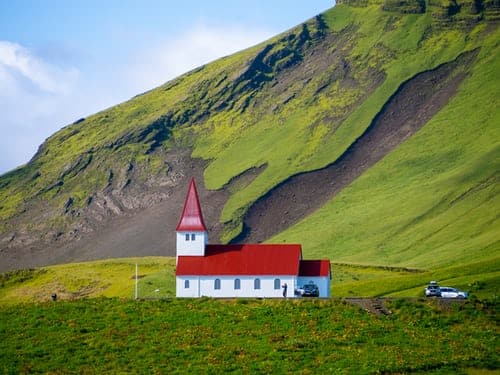
Before coming to Iceland in summer, it’s helpful to know what to expect. The seasons in the land of fire and ice don’t really begin and end at the same time as the rest of the northern hemisphere. Many would say that Iceland typically doesn’t really have four seasons; it mostly alternates between summer and winter. The peak summer months in Iceland are June, July and August.
One great thing about visiting Iceland in summer is that the lack of ice and snow means that more of the country is accessible, which, in turn, means there are often more options for travellers who visit during this time.
Below are just some of the great things you can do when visiting Iceland in the summer.
Travel the Ring Road

Iceland has a famous highway, officially called Route 1, but it’s mostly referred to as the ‘Ring Road.’ The reason for this is that the highway forms a complete circle around the circumference of the island. Construction on the Ring Road was finished in 1974, and its total distance measures 1,322 km (about 821 miles). Today this single stretch of highway is not only the most important piece of road in the country; it is also the most-travelled road.
For tourists who want to take the wheel and be in control of their own adventure, summer allows even more possibilities via the Ring Road. You could start in the capital of Reykjavík and head towards the South Coast, taking in many of the incredible attractions the country has to offer, heading east and eventually ending up where you started, or you could do the entire thing in an anti-clockwise direction.
For those who would like to take advantage of the optimal road conditions during summer, there are many companies that offer self-drive tour packages where car rental and accommodation are already taken care of. So all you need to do is arrive, start the car and enjoy the trip of a lifetime.
See the Puffins
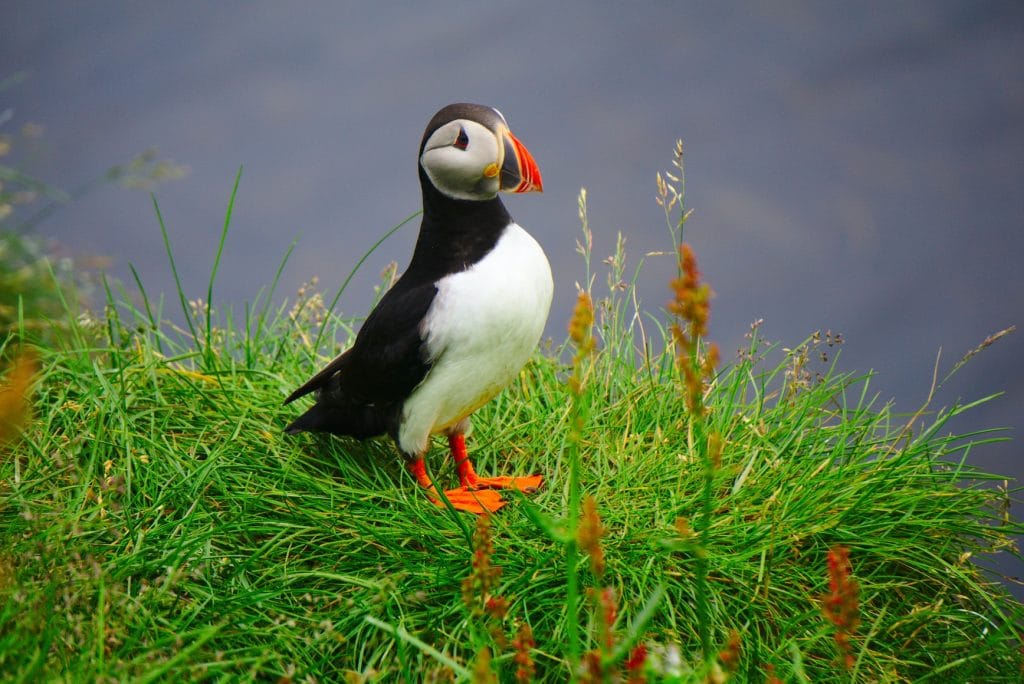
The Atlantic Puffin is a beautiful aquatic bird known for its stout body and colourful beak. Puffins spend 8 months of the year at sea, but they retreat to land for the summer to breed and raise their young. Iceland is a popular summer destination for these elusive birds and is a great place to visit if you want to go breast to breast with them.
In the summer months, almost 60% of the world’s puffins call Iceland home, which means that there are over 4million pairs of birds and their young (called Pufflings) having a bit of a summer holiday in many of Iceland’s seaside cliffs.
You don’t have to go far from the capital of Reykjavík to see these birds. There are boat tours from the Reykjavík harbour that will take you as close as possible to these incredible clowns of the open waters as they hunt for food. If you would like to get up close and personal with them in their natural habitat, you could visit many locations on the South Coast or even the Westfjords.
The Látrabjarg Sea Cliffs in the west are home to scores of puffins, and specially built walkways will allow you to get some impressive shots of these beautiful birds without disturbing them.
Go Hiking
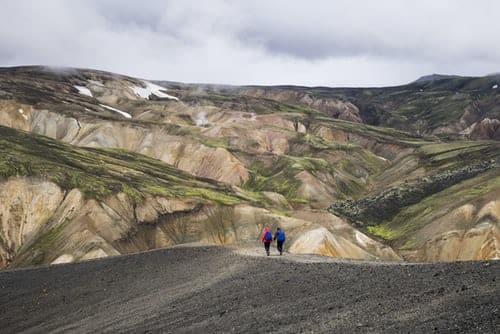
Iceland is home to some of the most incredible hiking locations in the world. Each year thousands of people come from all over to leave the city behind and become one with nature.
There are many incredible places that would be considered ‘off the beaten track’ just waiting to be explored. There are hikes available for people of almost all skill levels. Some of them are close to town centres, others are more remote and require a little more planning. The main thing is that Iceland is a place where it’s very easy to escape the rat race and get back to nature. You just need a map and some shoes.
Take a Dip in a Hot Spring
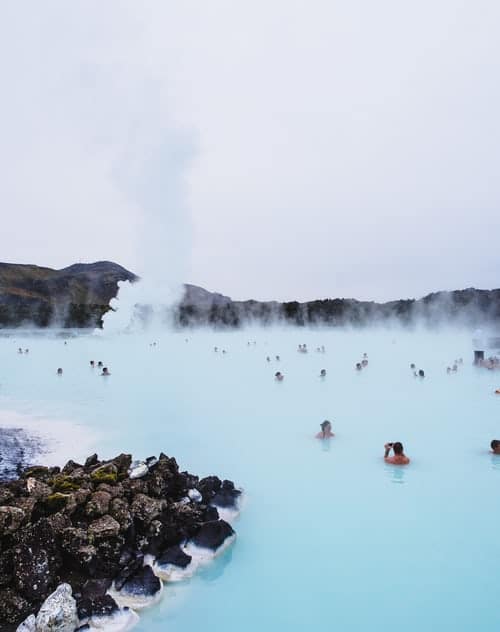
There really isn’t anything quite like taking a dip in a soothing warm bath that has been heated by the geothermal forces of the Earth. Iceland is an incredibly volcanically active country, and as a result, there are many natural hot springs all over the place.
Bathing in warm, relaxing waters is second nature to Icelanders; even the public pools are heated by geothermal water.
Taking the time to sit in a natural hot spring and appreciate the surrounding vistas will leave you feeling inspired, invigorated and also special; because not everyone gets to tick this item off their bucket list.
There are many natural hot springs to visit all around the country in summer. A good rule of thumb when travelling is to make sure you take your bathing suit with you, just in case you manage to stumble upon a beautiful Icelandic hot spring oasis. Just always look for signs first and make sure you check the water temperature before you get in. Some hot springs can be hot enough to cause third-degree burns, but this is normally accompanied by warning signs.
Watch the Midnight Sun
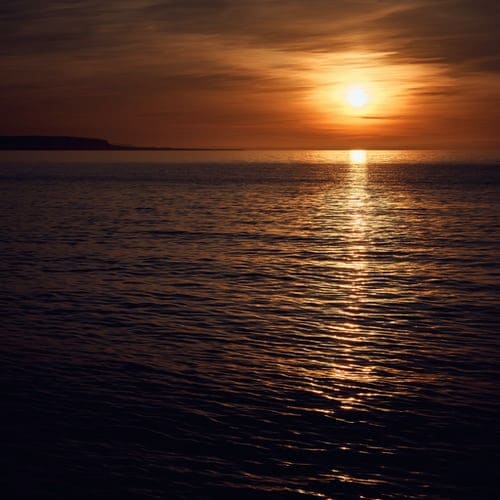
Because of Iceland’s position close to the Arctic Circle, the country experiences very dark winters but also incredibly long summer days. During the summer months, it’s perfectly normal for the sun to be beaming brightly in the sky at midnight, and this is where the term ‘Midnight Sun’ comes from.
In the peak of summer, the sun can rise at 3am and not set until well after midnight. This is an interesting experience for anyone who hasn’t grown up living this close to the North Pole. Watching a midnight sunset is special and a little bit strange, because even though the sun sets, it’s never completely night.
The midnight sun enables visitors to capitalise on the long days and really get the most out of their stay.
Explore the Highlands

Even people who have no desire to visit Iceland would agree that it’s a country of almost unmatched natural beauty. Most people think about glaciers, volcanoes, waterfalls and black sand beaches when they think about Iceland’s natural beauty, but there is so much more to this country than that. The truth is that there is actually something to explore or appreciate in almost every direction, but most people tend to stick to the coastline, which skips a huge remote wilderness known as the Icelandic Highlands.
The Icelandic Highlands actually make up a vast majority of the landmass of the country, yet they are very sparsely populated due to their wild and remote nature. The Highlands covers an area of over 40,000 square kilometres, so in reality, there’s actually more of the Highlands than any other place in Iceland.
The Highlands are a place where you can truly escape the hustle and bustle of daily life. There’s a calm that tends to wash over you when you are faced with such an incredible expanse of rocky volcanic landscapes, mountainous regions and places that look like nowhere else on Earth. For those who want to have a tourist experience that seems to stop time and put things into perspective, the Highlands are the place to experience it.
Attend a Festival
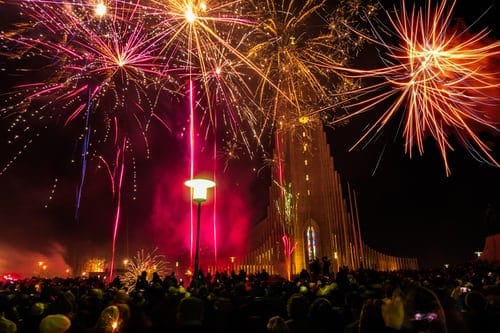
Iceland has a big reputation for being the host to some amazing festivals. Perhaps there’s something in the glacial water, but this country seems to be the perfect backdrop for celebrations, and the yearly Icelandic calendar is generally filled with some pretty incredible events.
In almost every season of the year, there seems to be some sort of celebration. Some of these festivals bring many visitors from all over the world, others are intended for locals, but tourists are welcomed with open arms. The beauty of festivals in Iceland is that they are normally big celebrations of community and appreciation for things like art, music, fashion, theatre and cinema.
Explore the Jökulsárlón Glacier Lagoon
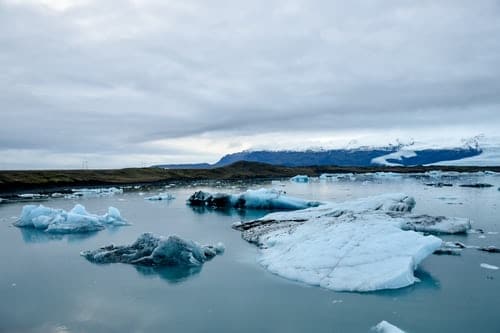
In the southeast of Iceland is a natural glacier lagoon called Jökulsárlón, it is one of the most visited sites in the country, and it’s easy to see why even if you only look at pictures of the place.
The lagoon itself is filled with fresh glacial water and icebergs that seem to almost glow with iridescent blues and whites as they slowly make their way out to sea. Jökulsárlón is also home to a large population of seals which can be seen sunning themselves on icebergs or popping their heads out of the water to catch a glimpse of humans marvelling at this natural wonder of the modern world.
Go Whale Watching
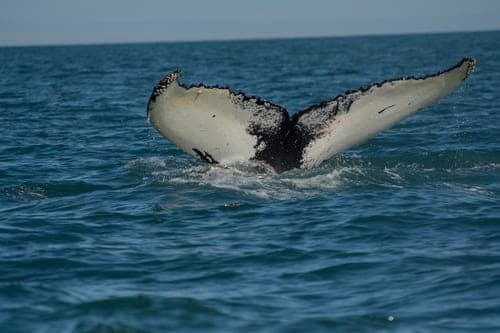
The waters around Iceland are regularly home to many different species of whales, and throughout the summer, this specific location on the planet is a little bit like an international transit lounge for many whale species as they continue their regular migratory patterns.
Taking a whale watching tour from Iceland will give you the chance to get up close and personal with these gentle giants of the sea. The sheer size of these creatures up close is enough to imprint impressive memories and give you more insight into the intricately connected world of sea life.
Celebrate the Solstice
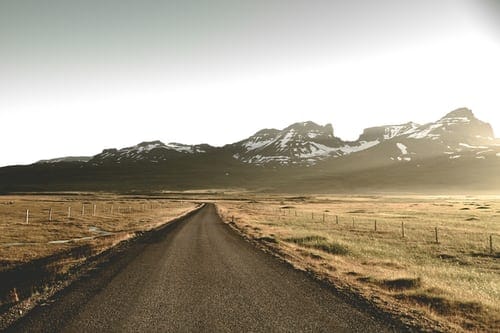
There are two solstices throughout the year; the winter solstice and the summer solstice. These are the points of the year that truly mark a change in the seasons. The winter solstice is also known as the shortest day of the year; it typically falls around the 21st of December in the Northern Hemisphere. The summer solstice is known as the longest day of the year, and in the Northern Hemisphere, it is usually around the 21st of June.
Being in Iceland during the summer solstice will give you a chance to watch the sun just dip below the horizon for what seems like a second before beginning to rise again into the sky. This fascinating display of natural phenomena will be something that will stick with you for a long time as it is a true display of just how far north on the planet you are.
Try Sea Swimming
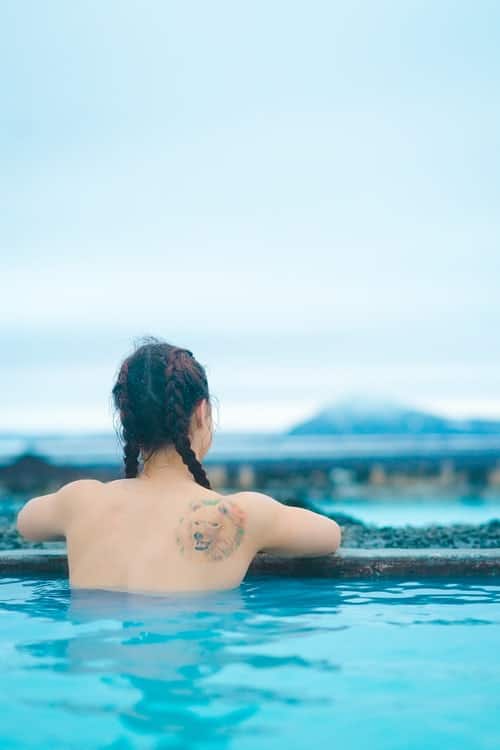
This particular activity isn’t really for the faint of heart, but it is a uniquely invigorating experience. There are many Icelanders who swear by ocean swimming. They say it helps with things like circulation and mindfulness and improves general well-being. While there isn’t really any substantial scientific evidence to back this up, it’s still an interesting experience to have.
The Atlantic waters that surround generally sit between a temperature of 5 and 7 degrees celsius. If you have difficulty understanding what that feels like, it’s cold.
The best place to experience sea swimming in Iceland is probably the Nauthólsvík Geothermal Beach in Reykjavik. The reason this is a great place to try sea swimming is that geothermally heated water is pumped into the ocean at the point where most people enter, so you can dip your toe in and gradually adjust to the temperature. If the icy northern waters prove to be a bit too much, you only need to turn back for a moment to be greeted with the warmth of volcanically heated water.
Honestly, sea swimming isn’t for everyone, but it’s great to watch people do it from the comfort of a geothermal hot tub on the beach.
Check Out the Westfjords
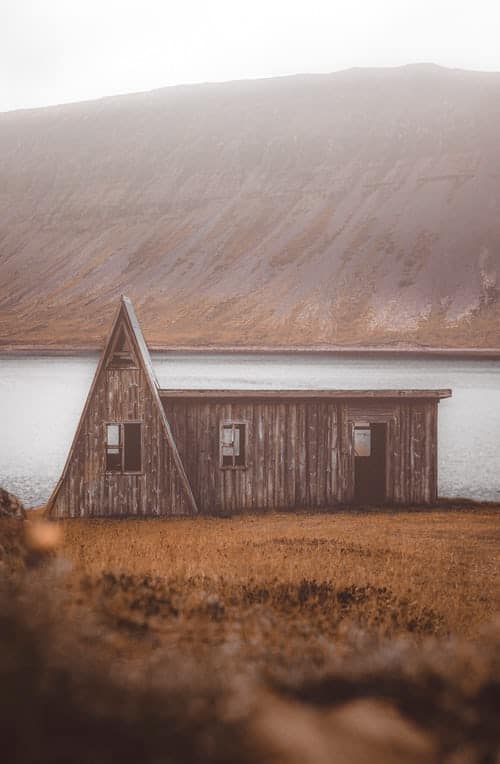
The Westernmost point of Iceland is a series of fjords and inlets called the Westfjords. Geologically this part of the country is much older than the rest of Iceland and therefore has a different aesthetic.
A unique property of the Westfjords is that for much of the year, large portions of them are not accessible by car due to heavy snowfall and ice. Summer is the perfect time to visit this magical place which boasts some of the most photo-worthy views known to man.
What is the Weather Like During Summer in Iceland?
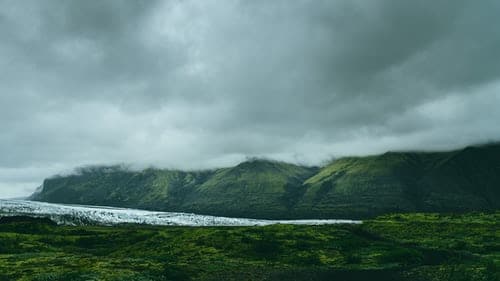
Although the days are long, the weather in Iceland can still be unpredictable. Storms tend to be more of a winter occurrence, but there can still be days with lots of rain and wind. The weather in Iceland has been known to be unpredictable ever since the first settlers arrived, which is why there is an old saying, ‘If you don’t like the weather, just wait ten minutes.’
To stay prepared, it’s best to check the local weather forecasts.
How Cold is it?
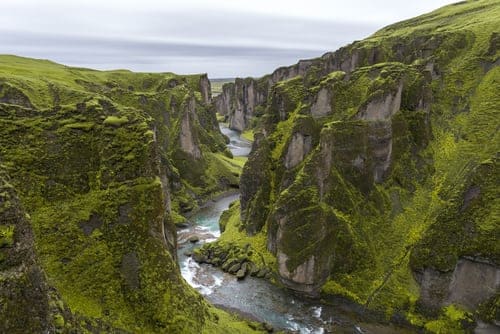
In general, there aren’t really any days of the year in Iceland that could be considered ‘absolute scorchers.’ The average temperature for most of the year is a lot lower than most countries in Europe. The temperature rarely exceeds 17 degrees celsius, but it can still feel warm if there is a decent amount of sun.
The main thing to be aware of during Icelandic summer is the wind. The temperature outside might be 16 degrees, but the wind can easily make it feel like it’s 12 or even 10. On a day when the temperature reaches above 20, you can expect to see an entire city almost completely shut down as the locals clammer to rooftop bars to soak up every minute of warmth they possibly can.
How Easy is it to Drive in Iceland During Summer?
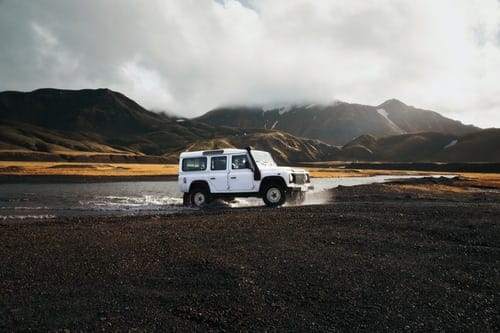
In general, summer is the easiest and safest time to drive in Iceland. This is the time of year when most of the roads throughout the country are open and maintained to their peak condition. This doesn’t mean that there might not be some instances where roads are closed or not optimal. The best way to make sure you don’t run into trouble is to check your planned route with the national travel registry.
How Long Should You Visit Iceland During Summer
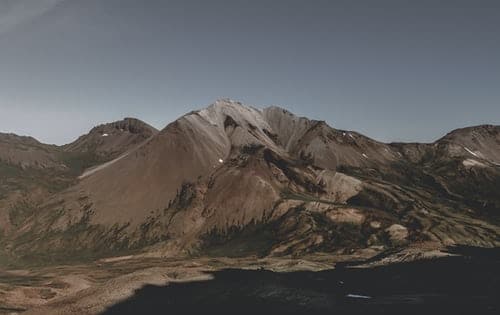
This is a bit like asking, ‘how long would you like to spend having an amazing time?’ Iceland in summer is full of possibilities, so realistically you could really take your time and spend a month travelling around the entire Ring Road. On the other hand, you can still get something out of a stopover visit for a few days. Most people who have been to Iceland would agree that it’s good to plan to visit for at least a week, depending on where you are travelling from.
What Should You Pack For Summer in Iceland?

Anyone travelling to Iceland needs to make sure they bring something to take photos with. This could be a phone or a professional camera, but the bottom line is that you’re going to see so many things you will want to take a million snapshots.
If you are travelling from outside of Europe, it’s a good idea to bring a power adapter. Iceland uses European power sockets. It’s also not a bad idea to bring a backup battery for long days just in case your phone runs out of juice.
The major thing to think about when coming to Iceland in summer is clothing. Although it’s not as cold as winter, it can still get chilly. A good rule of thumb is to bring layers. Pack basic things like t-shirts, sweaters, warm socks and waterproof shoes. It’s better to dress, so you can add or subtract depending on your temperature. If you are planning on hiking, make sure you bring sturdy footwear. Anyone coming to Iceland should make sure they have a decent raincoat and don’t bother bringing an umbrella; the Icelandic wind will swipe it out of your hand as soon as you put it up.
Why You Should Stay at the Panorama Glass Lodge During Summer
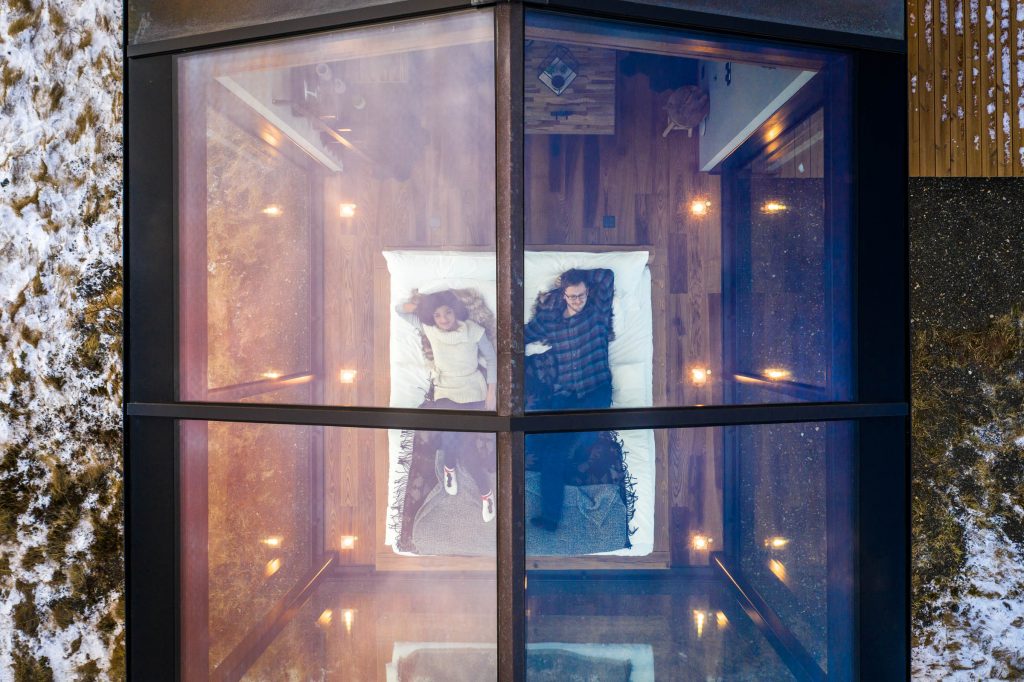
One of the best locations to base yourself on a visit to Iceland in summer is the South Coast, and the Panorama Glass Lodge is situated right in the heart of the action. This unique concept is all about bringing the outdoors in, and the almost endless summer days are the perfect time to unwind in a secluded lodge with unmatched panoramic views of the Icelandic countryside.
For many, the Panorama Glass Lodge might just seem like an ideal accommodation option for those who want to witness the Northern Lights in winter, but this site is equally enticing in summer.
Imagine the feeling of coming to a home away from home after a day of exploring the South Coast. The lodges are pristinely designed with peace and tranquillity in mind while enabling guests to constantly take in the magical surrounding vistas.
The crisp summer night air is even more enjoyable while sitting in a private hot tub overlooking the vast plains at the foot of the volcano Hekla. If you really want to get the most out of your stay in Iceland, the Panorama Glass Lodge is the way to go. Pick a date to check availability today.
Conclusion
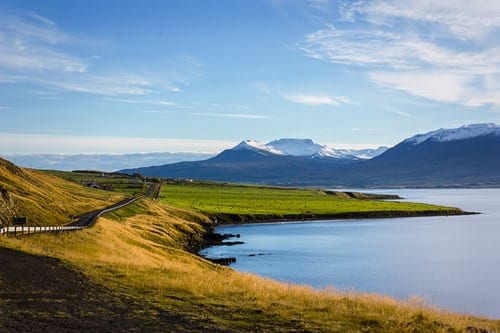
Iceland isn’t just a place to visit for those chasing the Northern Lights. It’s a smorgasbord of experiences available all year round. Summer in Iceland can be a completely different experience from winter, and its endless summer days are just waiting for you to make the most of them.
